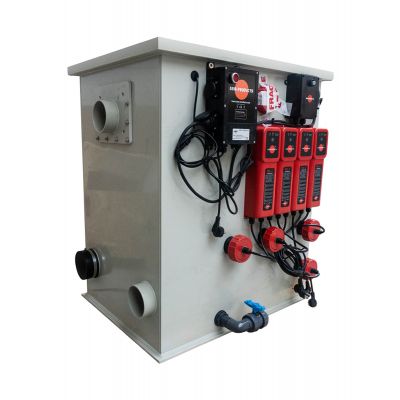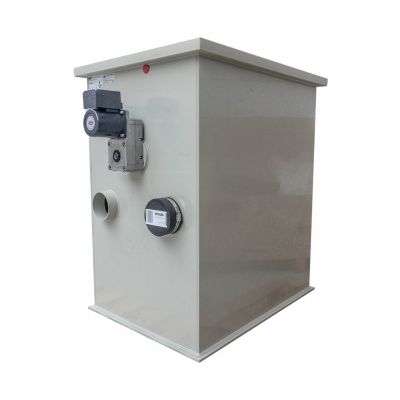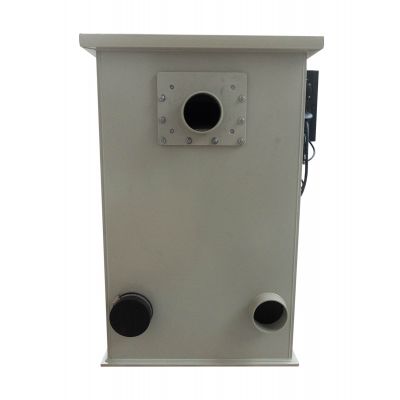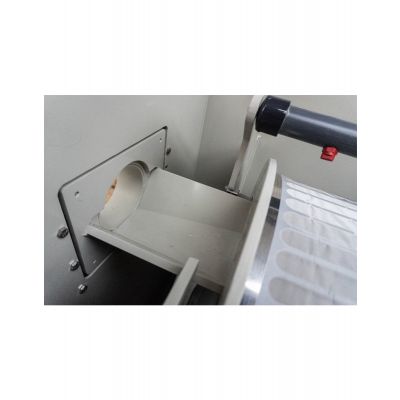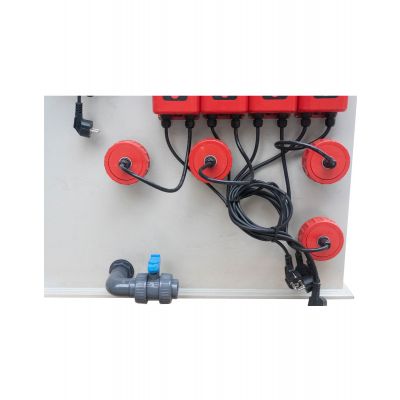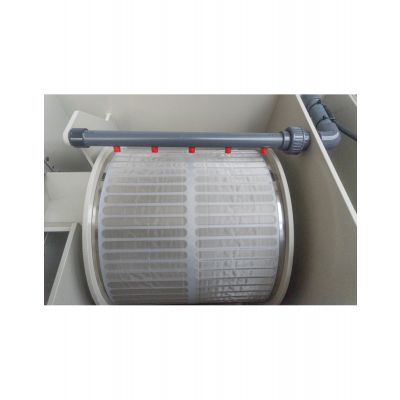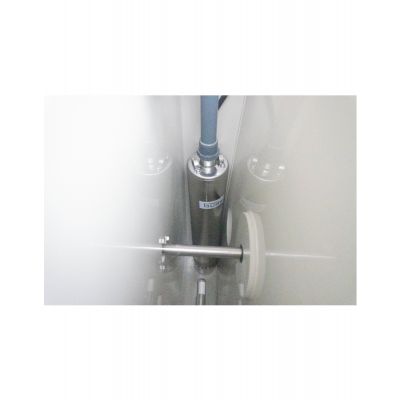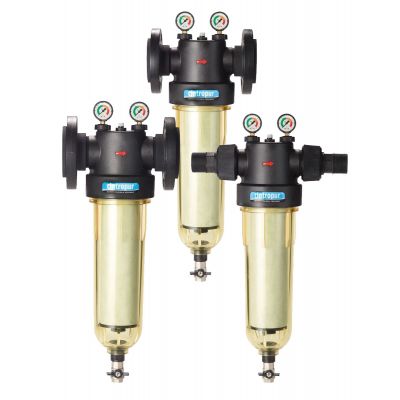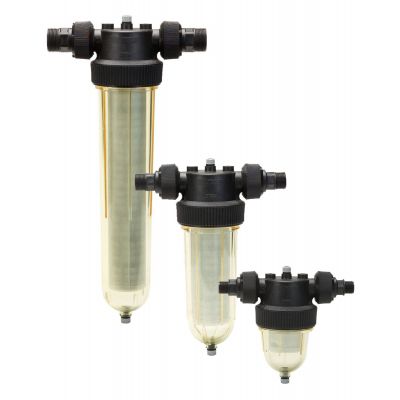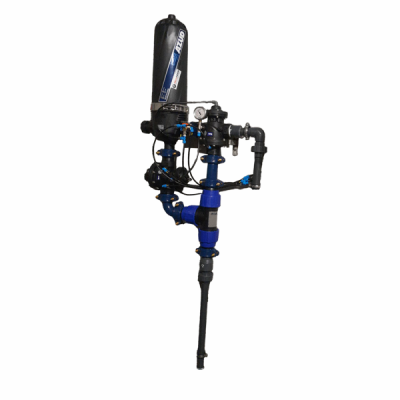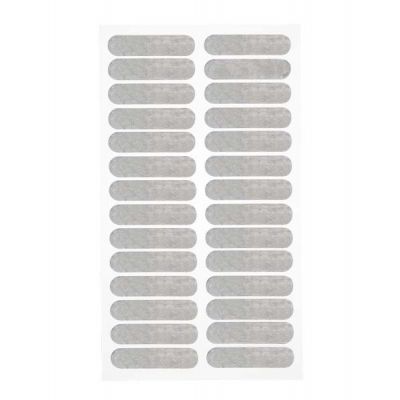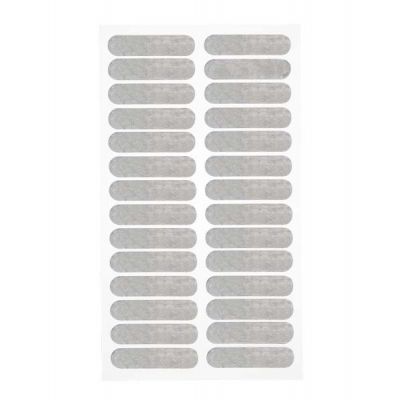Drum filter including UV-C, max 45 m³/hour
Drum filter including UV-C, max 45 m³/hour
The drum filter is an excellent component for treating water that is stored in an open pit. By means of a rotating drum (comparable to a washing machine drum) particles are filtered from the water and removed from the filter by means of a flushing system and drain gutter.

In stock
A drum filter is a mechanical filter that is very effective and easy to maintain. By means of a rotating drum (similar to a washing machine drum), dirt is filtered from the water and removed from the filter by means of a flushing system and drainage channel.
Principle of a drum filter:
The principle of the drum filter is based on a drum covered with a fine-mesh stainless steel screen (70 micron) through which incoming water is passed. The inside of the drum is well sealed, so that the water can only flow out of the drum through the fine-mesh cloth. Because dirt constantly remains on the cloth due to the outflowing water, less water will flow through it. For example, a pump fed system the water on the outside of the drum will drop lower and lower. When the set desired level has been reached, use an automatic float sends a signal to a control unit, which initiates the rinsing of the cloth. When the drum filter needs to be rinsed, the drum will be moved by a (usually external) motor, so that clean cloth becomes available. The dirty cloth is passed past a washing unit at the top (a spray bar) and the dirt is sprayed loose and collected in a waste bin. This waste bin then transports the rinse water and loosened dirt outside the filter, after which it can be drained to the sewer. The result is a very efficient and more effective mechanical cleaning of the filter and removal of solids from the water.
Operation:
The industrial internal high-pressure pump is located in front of the drum and the filter and is placed above water level, the water is pumped through. a pump is placed inside the drum. When the cloth becomes saturated with dirt, the water level in the drum will slowly rise due to the constant supply from the pump. This causes an increasing surface area of the cloth to become dirty and the rinse cycle is initiated at a set water level in the drum. This is shown in the images below, with the second image showing that the water level has reached the sensor, starting the rinse cycle:
When the rinse has been completed and the dirt has been removed via the dirt bin to the sewer, the filter is back in the initial situation as in Figure 1. Due to the constant supply of dirt, the used cloth will slowly clog again and the water level in the drum will rise again until the sensor reaches the water level again. Then the rinse cycle is started again and the whole thing starts all over again.
Advantages of a drum filter:
A drum filter offers many advantages over other filters.
Because it is a basically resistance-free system, enormous amounts of water can be transported. Often the number of feeds is the limiting factor and not the throughput within the drum filter itself.
The degree of mechanical filtering can be influenced by the mesh size of the cloth used. This cloth, supplied in woven stainless steel, has a mesh size of 70 microns.
Because the water level and therefore the frequency of flushing can be adjusted, dirt is removed from the pond system extremely quickly and efficiently.
Technical properties:
Pump fed with industrial high pressure pump 6.2 bar.
Write Your Own Review
 FR
FR  NL
NL 

